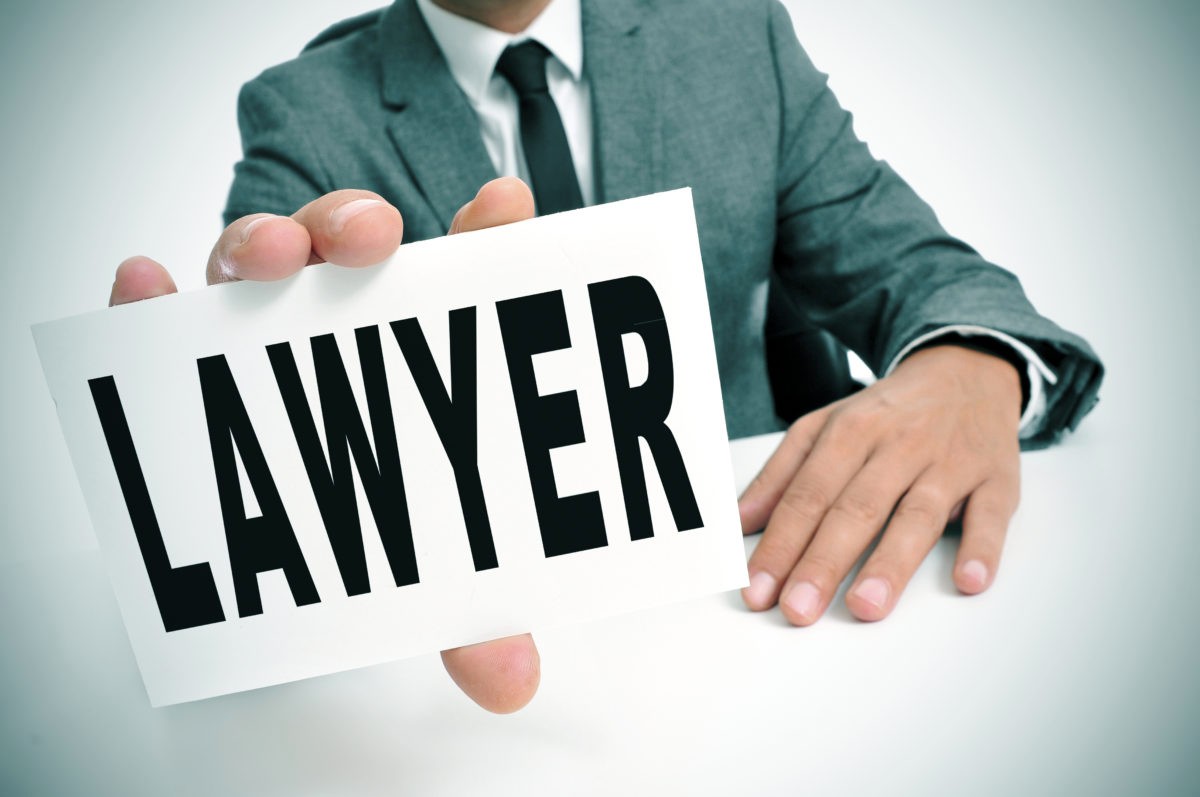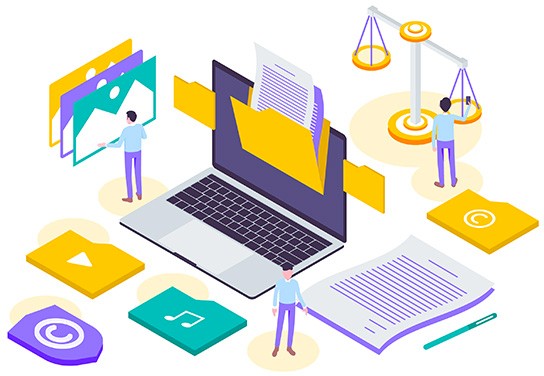What to Expect Before Court
When someone is injured in an accident, the consequences can be life-changing. From medical expenses and lost wages to emotional pain and suffering, victims often face immense challenges in the aftermath. While many people imagine personal injury disputes being resolved in front of a judge or jury, the reality is that most personal injury cases never go to trial. Instead, they are resolved through out-of-court settlements—often through negotiation, mediation, or attorney-driven discussions between the involved parties.
According to the U.S. Department of Justice, only about 3% of tort cases go to trial, while the remaining 97% are resolved through settlement or dismissal. These figures highlight the importance of understanding how the personal injury settlement process works before stepping into a courtroom.
This article provides a comprehensive guide to the settlement process before reaching court, helping you understand your rights, navigate legal representation, and make informed decisions that protect your interests. We’ll explore case preparation, legal strategies, evidence collection, and practical tips for securing fair compensation without stepping into the courtroom.
What Counts as a Personal Injury Case?
Roughly 95% of personal injury cases are resolved through out-of-court settlements, making pre-trial negotiations a critical phase.
Personal injury law spans a broad range of accidents and negligent actions. These include:
Motor vehicle accidents (cars, motorcycles, trucks, and pedestrian incidents)
Workplace injuries
Premises liability incidents (slip and falls, dog bites)
Medical malpractice
Nursing home abuse
Product liability and defective product claims
Each type of personal injury case has its own burden of proof, unique procedural steps, and different deadlines known as statutes of limitations. In Pennsylvania and New Jersey, for example, you typically have two years from the date of the accident to file a claim. Missing that deadline can completely bar your right to recovery.
According to the National Safety Council, in 2022 alone, more than 62 million injuries required medical attention, with the majority falling into categories where personal injury claims might be applicable.
Immediate Steps After an Injury
In the chaotic moments following an injury, it’s hard to focus on anything beyond pain and confusion. But your actions in these early moments and days can significantly impact your legal case:
Get immediate medical attention. This protects your health and documents the injury.
File a police report if applicable.
Take photos and videos of the accident scene.
Identify and obtain contact details for witnesses.
Preserve clothing, damaged property, and anything else relevant.
Avoid social media discussions about the incident.
Keeping good records—including medical bills, missed work, pain journals, and communications with insurance companies—lays the groundwork for an effective personal injury claim.
The Value of Legal Representation
Many injury victims delay contacting a personal injury attorney because they’re unsure whether their situation qualifies as a case. But early legal intervention can dramatically change outcomes.
An experienced lawyer can
Provide a free case evaluation to determine legal standing
Manage all interactions with insurance companies
Investigate fault and preserve evidence
Arrange medical experts and calculate damages
Shield you from tactics used to undermine your claim
The American Bar Association reports that plaintiffs represented by an attorney receive settlements that are 3.5 times higher on average than those without legal counsel. Attorneys typically work on a contingency fee basis—meaning they only get paid when you do.
Calculating Damages
Personal injury damages are divided into three primary categories:
Economic damages
Tangible financial losses like hospital bills, surgeries, medications, rehabilitation, lost income, and future earning potential.
Non-economic damages
Intangible losses such as emotional distress, chronic pain, PTSD, or loss of consortium.
Punitive damages
Reserved for especially egregious negligence or misconduct.
In a 2020 study by the Insurance Research Council, claimants who hired attorneys received, on average, 40% more in economic damages compared to those who did not.
The Settlement Process Explained
Step 1
Initial Investigation
Your attorney will collect accident reports, photos, medical records, employment information, and expert opinions. They’ll also review your insurance policy and the defendant’s coverage.
Step 2
Demand Letter
Once your condition stabilizes, your lawyer will draft a formal demand to the at-fault party’s insurance carrier. It includes a breakdown of your injuries, liability arguments, and a compensation figure based on damages.
Step 3
Negotiation
Most insurers offer low settlements early, hoping to resolve the matter quickly and cheaply. Your attorney will counter with justifications, supporting evidence, and relevant case precedents to push for full compensation.
Step 4
Mediation
If direct negotiation stalls, mediation allows both sides to present positions with a neutral facilitator. Many personal injury cases settle at this stage because it’s faster and less costly than litigation.
Why Cases Don’t Always Go to Court
Avoiding court doesn’t mean you’re settling for less. It often reflects strategic strength:
Clients retain control over outcomes
Legal fees and case timelines are shorter
Emotional burdens are lighter than trial
Only about 5% of personal injury cases actually reach a courtroom. For the rest, careful negotiation, expert support, and persistent legal advocacy lead to settlements that meet or exceed what could be awarded in court.
What Happens If You Do File a Lawsuit?
Should the insurance company refuse a reasonable offer, litigation becomes necessary. The process involves:
Filing a complaint and formal response
Discovery
each party shares documents, takes depositions, and evaluates expert reports
Motions
attorneys may ask the court to rule on specific legal points
Trial prep
exhibits, witnesses, and strategy development
Even during litigation, most cases settle before trial begins—often on the courthouse steps.
Common Tactics from Insurance Companies
Insurance companies use specific strategies to reduce or deny claims:
Disputing medical necessity of treatment
Blaming the injured party or alleging shared fault
Delaying communication
Offering fast but unfairly low payouts
According to a report from the National Association of Insurance Commissioners (NAIC), the most common complaints from consumers involved claim delays and unsatisfactory settlements.
Having an attorney counters these practices by leveling the playing field and holding insurers to legal standards of good faith.
Serious Injury Cases Require Additional Care
Claims involving traumatic brain injuries, spinal cord damage, amputations, and wrongful death are among the most complex in personal injury law. These cases require:
Specialized medical testimony
Life-care planners
Forensic accountants to calculate lifelong expenses and income losses
Vocational experts to evaluate reduced earning capacity
According to the Centers for Disease Control and Prevention (CDC), in the United States, over 223,000 people were hospitalized for traumatic brain injuries in 2019 alone—highlighting the high-stakes nature of many injury cases.
Timeline to Settlement or Trial
On average, a standard injury case may resolve in 6–18 months. Complex litigation can take years. Settlement can occur at any time:
Shortly after filing a claim
Following a deposition or expert report
Just before trial
Even after a verdict, during appeals
A 2019 study by the U.S. Department of Justice found that resolved cases in federal court took a median of 27.2 months to reach conclusion from filing.
It’s not about how fast the case moves, but how well it’s built.
Empowering Victims with the Right Information
Knowledge is a critical asset. Understanding the process allows clients to:
Ask informed questions
Assess realistic expectations
Engage with their legal team
Make sound decisions on when and how to settle
Injury victims who feel empowered by legal education and professional support often report more satisfaction with their settlement and emotional closure.
Settlements Deliver Justice—Without the Courtroom
Reaching a personal injury settlement before court is not just about paperwork or numbers—it’s about restoring balance to someone’s life after unexpected harm. With legal guidance, careful documentation, and a clear understanding of the process, injury victims can pursue justice and full compensation.
If you’ve been hurt in an accident, contact a qualified personal injury attorney for a case review. Don’t wait—time, documentation, and preparation are essential to protecting your future.
Settlements are not shortcuts. They are the result of preparation, strategy, and the persistent pursuit of what is fair.





